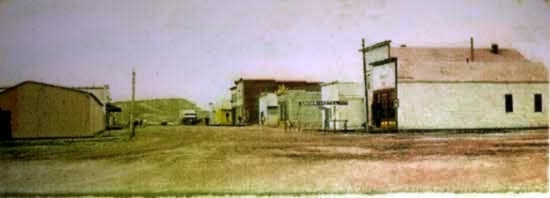
Hudson, Wyoming, 1909
The two-story false fronted building on the right is the Union Hotel. The one-story building to
its right is the Hudson Bank.
The first settlers in the area were George H. Rogers (1860-1896) and his wife Emma Hudson Rogers (1871-1965), who homesteaded in
1891. The claim was proven up following George's death. The site of the town was sold by Mrs.
Rogers and her brother Daniel Frost Hudson (1865-1942) to the Hudson Coal Company. The town was
originally a company town. It was incorporated in 1909 and at one time had a population of about 1500. At its peak,
the town had two general stores, an opera house, a lumber yard and a newspaper.
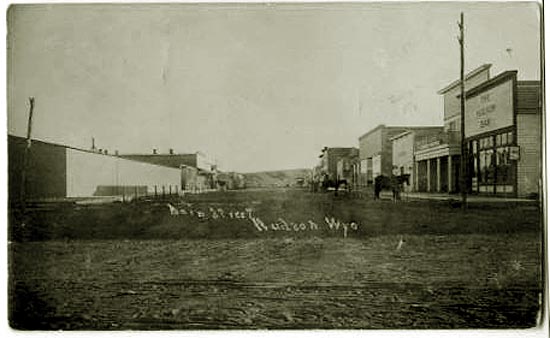
Hudson, Wyoming, 1909
The presence of coal in the central part of the state was known as early as 1870. Nevertheless,
the only mines were "wagon mines," small single person or family run affairs providing coal only for
local use. Large scale commercial mining, however, was not possible until the coming of railroads. Shortly after the turn of the
Twentieth Century, the Burlington pushed into the central part of the state from the north and
the Chicago and Northwestern from Casper. Hudson, located midway between Riverton and Lander, traces its
history to the development of the two Poposia Mines by J. C. Hickey associated with the
Chicago and Northwestern.
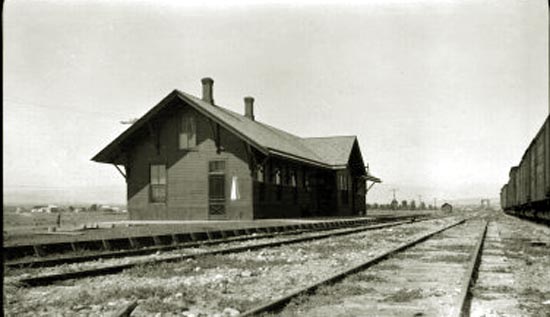
Hudson depot, approx. 1910
With the arrival of the Chicago and Northwestern, the first major mine was the Indian Mine location on the
adjacent Wind River Reservation.
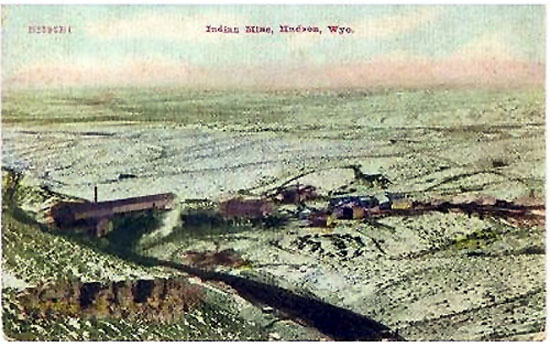
Indian Mine, approx. 1910
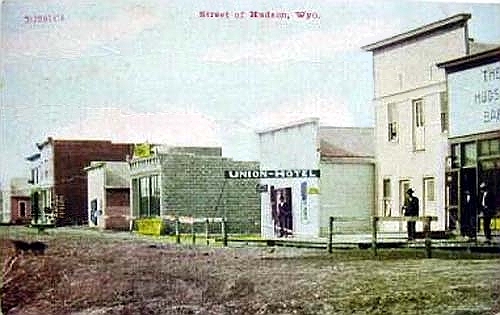
Hudson, 1909
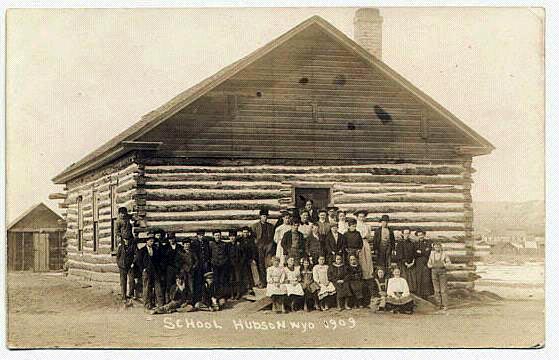
Hudson School, 1909
Hudson has survived, but the large mines began closing in the late 1920's. The last of the wagon mines
closed in 1941.
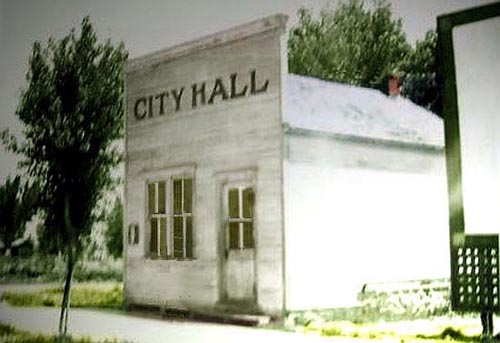
Hudson City Hall, 1936
With the closure of the mines, the opportunity for employment was decreased. In 1927 as
an example, one out of work miner, Carmelo Rotolo, was arrested for the illegal
possession of a still. His excuse was that with no work in the mine, it was the only
thing he could do. He was arrested after a croud gathered to watch a raid on a
neighboring house. An individual in the crowd in the hearing of one of the officers,
commented, "There he goes to tip Tony off." The deputy then watched as an
individual went over to Carmelo's house. Carmelo and the other man engaged in coversation. Carmelo then went
into a shed and, while the deputy continued to watch, emerged with parts of a still.
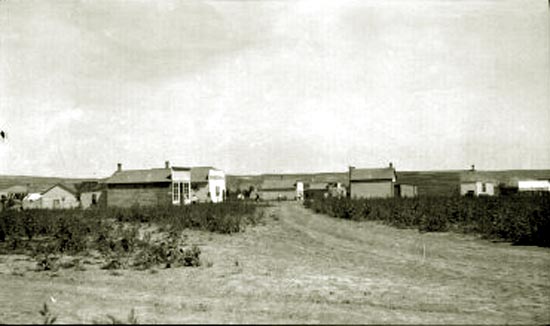
Hudson, undated
Next page, Geob.
|